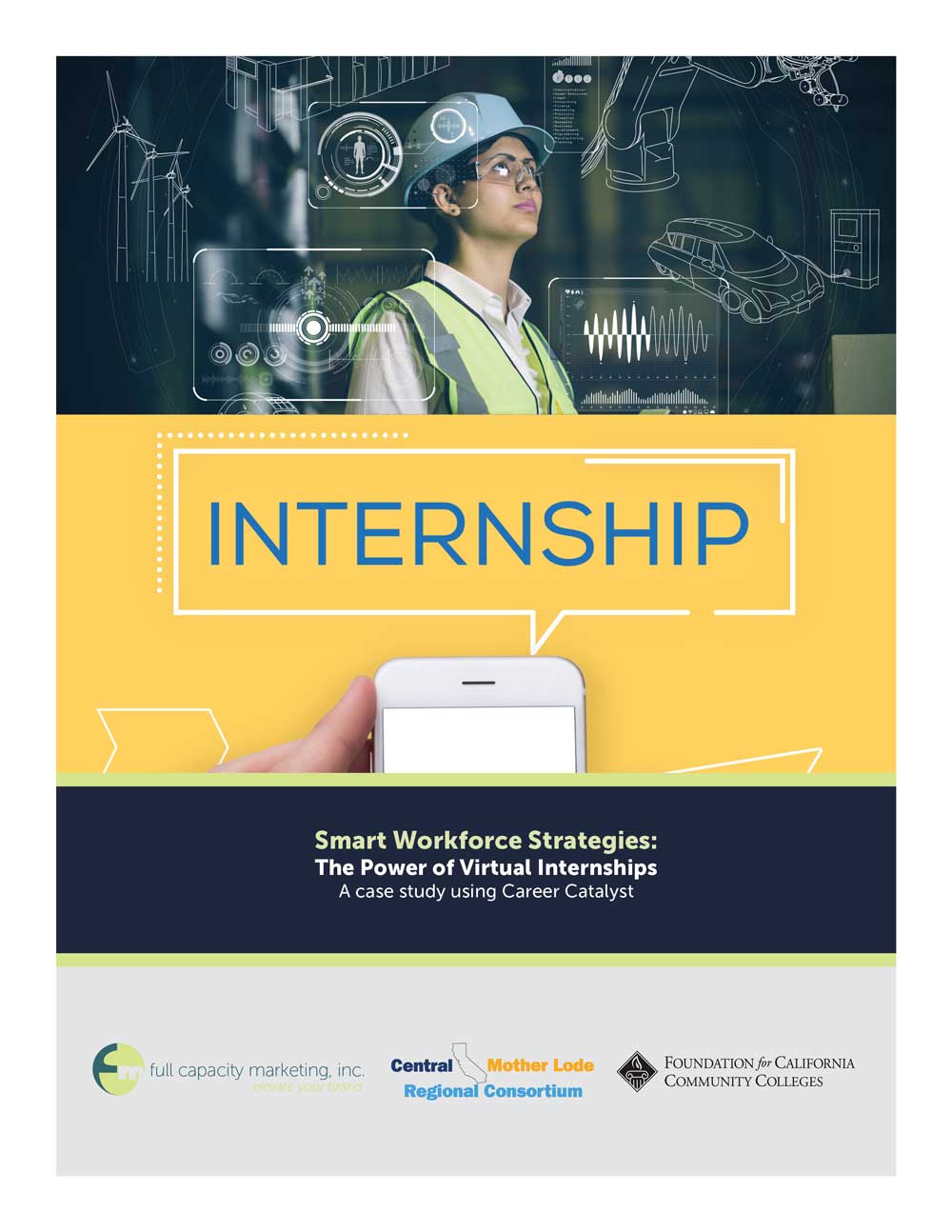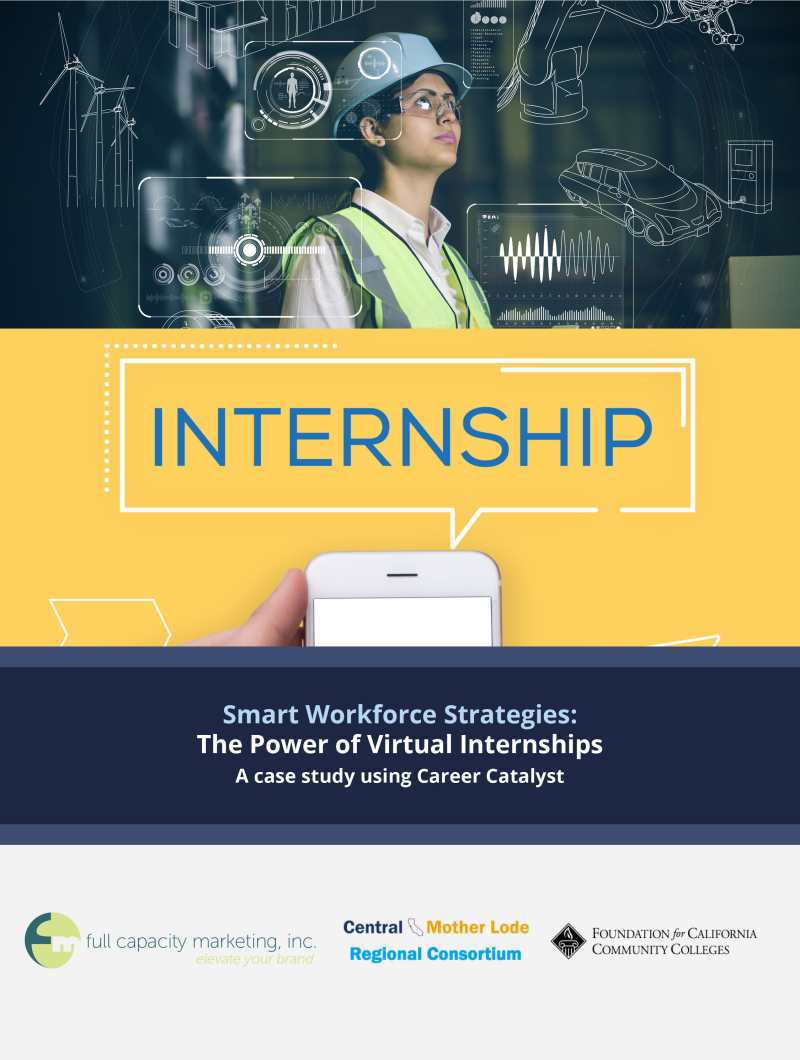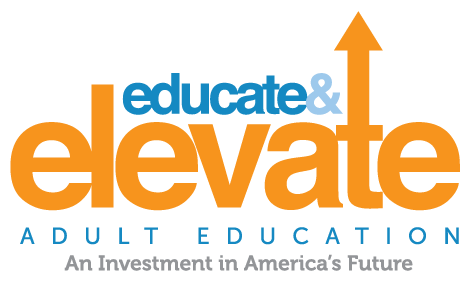Month: June 2020

COVID-19 EDUCATION INNOVATIONS: HOW KERN COUNTY IS REVAMPING ITS RECRUITMENT AND RETENTION STRATEGIES TO ADJUST
In 2019, the Kern County Superintendent of Schools was awarded funding for a pathways improvement project to increase awareness of the K-14 high-skill job and career pathways in the county’s schools.
Switching Gears in the Face of School Closures
In 2019, the Kern County Superintendent of Schools was awarded funding for a pathways improvement project to increase awareness of the K-14 high-skill job and career pathways in the county’s schools. Middle and high school students, parents, and employers would be targets of a new outreach effort.
In early 2020, Full Capacity Marketing (FCM), working with the superintendent, was in the midst of developing an integrated multimedia campaign. The campaign would increase awareness of the in-demand/sustainable-wage jobs available in local communities and highlight the K-14 pathways in Kern County schools that prepare students to enter them.
With the swift onset and spread of COVID-19, which landed right before the start of the student recruitment season, when middle- and high-schoolers and their parents start making decisions about entering career programs, FCM knew adjustments would need to be made. Messaging, timing, and even the program focus would all be impacted by the pandemic, the measures rapidly going into place to fight it and the economic fallout.
Assessing the Changing Landscape
The impact of the worldwide pandemic on the economy, experiences, and opportunities for families in Kern County cannot yet be determined. But close analysis of the current and past crises can provide some clues.
FCM’s experience with education and workforce clients during the 2000-2001 “dotcom crash,” (the crash coincided with the first real efforts to launch online education) 9/11, and the 2008 financial crisis, gives us a framework to make some projections.
- Increased unemployment and lower incomes tend to be beneficial to people gravitating toward career education as the types of jobs in career pathways tend to be considered “safe.” We would, however, expect to see a shift in interest in industry clusters, depending on the details of the financial stimulus currently being considered in Congress.
- This is the third financial crisis that parents of middle-schoolers (mostly Millennials) have experienced in the last 20 years (most, if not all, of their adult lives). We can expect that this experience will shape their worldview.
- During financial crises, job loss tends to drive workers back to community colleges for career education. For middle-schoolers, this will mean more available role models, an important driver of interest in postsecondary education! (This is of particular importance in Kern County, which has a much higher level of residents who have a high school education or less than the state average).
- School closures and online learning for K-12 will have a significant impact on student success this school year. We don’t yet know the end result of this massive nationwide experiment in retooling our learning models. Still, a recent study comparing face-to-face with online learning leads us to believe that students with higher GPAs will perform even better in online courses while struggling students will perform worse.
- The above will be exacerbated by both student technology gaps and the short time frame between conception and launch of online learning initiatives. Longer learning curves for both teachers and students unfamiliar with the technology will hinder efficient learning. States and school districts are in the process of addressing this in various ways, but we expect wide levels of preparedness to enter or advance in high school grades.
- An additional issue working with this middle/high school audience is parental involvement. Online learning will exacerbate the difficulties that less-educated/less technologically advanced parents may have assisting their children with schoolwork. Childcare will be problematic, both for parents working from home and frontline workers suddenly faced with new childcare needs.
For at least the next few weeks, if not longer, these scenarios will play out across the country with results yet to be seen.
Getting Ready for A New Reality
While we, as yet, don’t know the full impact of the coronavirus crisis, we do know that at some time in the next few months, 11-, 12- and 13-year-olds will be preparing for their high school years and freshman and sophomores will be considering how to spend their final years in high school.
With that in mind, FCM shifted the Kern County campaign to focus immediately on building awareness among parents and students of the school system’s career education pathways programs as a whole through a strong, targeted social media campaign.
With the career pathways programs registration period coming up fast, FCM expedited the campaign website launch and is prepared to launch the awareness ad campaign within the next few weeks. Paid digital ads will be targeted to those zip codes where extensive job loss is anticipated or gains expected.
Because it is essential that students and parents are aware of the pathways programs and how to register, FCM will deploy a remarketing campaign later this summer that provides clear and usable information to students and parents. This will be complemented with a lead generation campaign to launch as the new school year approaches.
Careful monitoring of the news cycle and consumer sentiment reports, as well as the close ties FCM has with national, state, and local workforce boards, will allow for the rapid deployment of new strategies throughout the next six months to optimize the campaign. Adding career pathways, new opportunities, and adjusting to the new reality can be accomplished quickly with this early preparation and outreach!
If you need help positioning your organization amidst the changing educational landscape, contact Celina Shands at celina@fullcapacitymarketing.net.
Share this article

Thought Leaders in Workforce, Education & Entrepreneurship

SMART WORKFORCE STRATEGIES: A CASE STUDY IN VIRTUAL INTERNSHIPS
In today’s ever-changing labor market, companies need smart workforce strategies to maintain a competitive edge, and studies show internships can contribute to a company’s bottom line.
In today’s ever-changing labor market, companies need smart workforce strategies to maintain a competitive edge, and studies show internships can contribute to a company’s bottom line.
Retention rates are a major concern for employers across sectors. The National Association of Colleges and Employers’ (NACE) 2017 Internship and Co-op Survey reported that at the one-year mark:
- The retention rate for hires who had an internship with the hiring organization was 65.5%.
- The rate for hires who had other internship experiences was 52%.
- For hires with no internship experience, the retention rate was 46.2%.
Employee Benefit News (EBN) reports it costs employers 33% of a worker’s annual salary to hire a replacement when that worker leaves. That’s about $15,000 per person for an employee earning a median annual salary of $45,000, according to the Work Institute’s 2017 Retention Report.
You typically think of an internship as taking place at a business, but the digital age has made the virtual internship possible. In this case study, Full Capacity Marketing (FCM) partnered with the Foundation for California Community Colleges (Foundation) for support from its Career Catalyst program, a suite of services for organizations wanting to offer paid work experience. The foundation expanded its program to accommodate virtual internships, allowing FCM to hire nine interns under a contract with the Central/Mother Lode Regional Consortium, a group of 14 community colleges spanning the Central and Mother Lode regions of California.
Sound like something you and/or your employer partners would like to do? Learn more about the foundation’s program to see how it could help you get on track to launching your own virtual internship.
Download the full case study.
Like this article?
If you like this article we recommend downloading our eBook below to get better informed

Smart Workforce Strategies:
The Power of Virtual Internships A case study using Career Catalyst
Share this article

Thought Leaders in Workforce, Education & Entrepreneurship

CAMPAIGN CONTRIBUTES TO A $35M INCREASE IN ADULT EDUCATION FUNDING
Georgetown Center on Education and the Workfoce reports that by this year, 63 percent of all U.S. jobs will require education beyond high school. Yet, nearly half of the U.S. workforce— about 88 million adults aged 18 to 64— has only a high school education or less, and/or low English proficiency.
Georgetown Center on Education and the Workfoce reports that by this year, 63 percent of all U.S. jobs will require education beyond high school. Yet, nearly half of the U.S. workforce— about 88 million adults aged 18 to 64— has only a high school education or less, and/or low English proficiency. Adult education helps to close this gap and provide workers with the skills needed for the jobs of today and tomorrow, a key message that resonated across the countryas part of the Educate & Elevate Campaign.
For the past 14 months, the national Educate & Elevate campaign has brought together more than 55,000 adult educators to proactively educate policymakers about the importance of adult education and how it is an investment in America’s future. Leadership from the Coalition on Adult Basic Education (COABE), the National Council of State Directors of Adult Education (NCSDAE), 36 national-level partners, the state associations, professional development consortia and Dollar General effectively mobilized the nation in support of adult education through a campaign website, social media, communications toolkits and proactive outreach efforts.
“The Educate & Elevate campaign was created at a time when our adult education system expected a reduction of $87 million in funding,” said COABE Executive Director Sharon Bonney. “Our collective efforts resulted in more than 76,000 connections with legislators by individuals from the adult education field, resulting in a $35 million increase in funding.”
This funding is critical to individuals ages 16 and older who no longer are enrolled in school and are functioning below the high school completion level. Adult education programs not only teach these individuals the foundations of reading, math and English, they also equip learners with college and career readiness skills that lead to employment or the transition to postsecondary education.
“Adult education is a critical component to making sure America has the skilled workforce needed to compete,” said NCSDAE Executive Director and campaign partner Pat Tyler. “Surveys show that more than 90 percent of American businesses do not believe workers have the right skills; we have to ensure that all workers are ready to help employers compete.”
The campaign earned six 2017 Davey Awards for integrated campaign, its website and video. The campaign website offers education advocates tools and resources, infographics, videos, fact sheets and success stories, including a short documentary from PB’S “The Success Files.” Information about these tools, as well as how to access adult learning programs may be found here.
Share this article

Thought Leaders in Workforce, Education & Entrepreneurship





